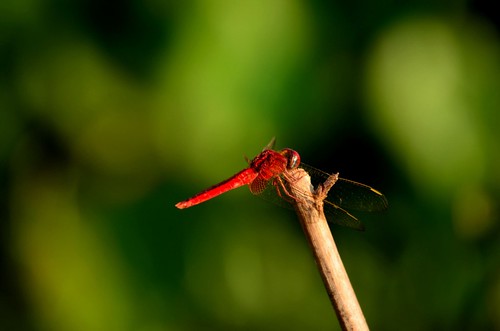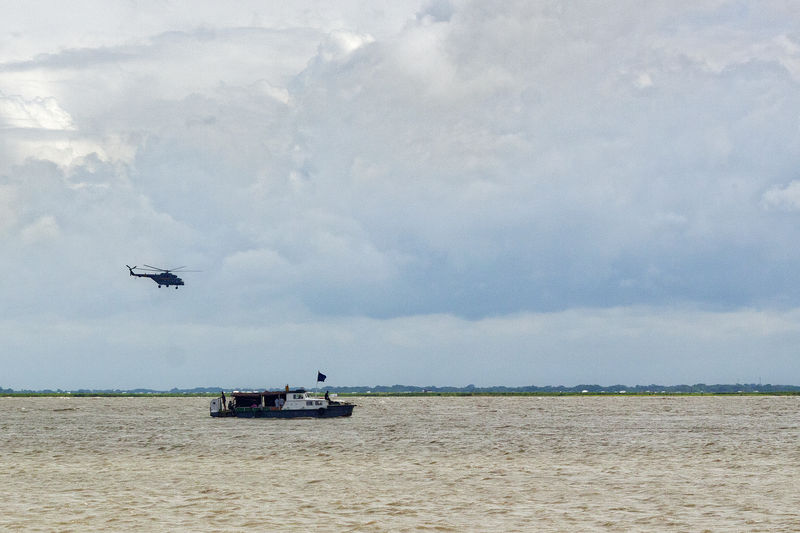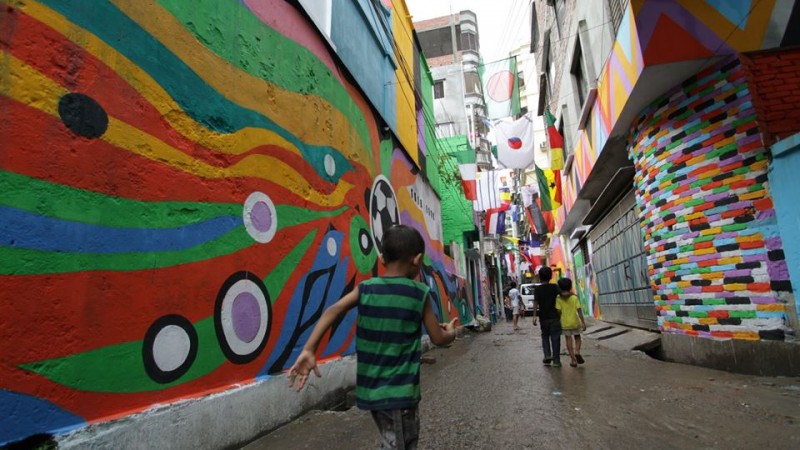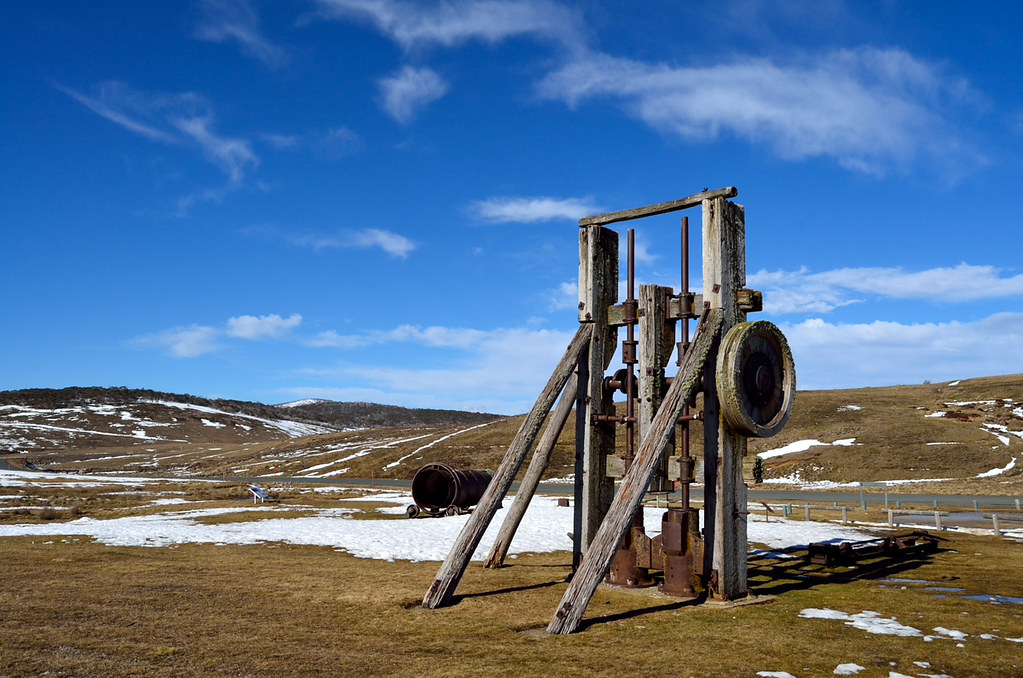(First published in E-Bangladesh)

Yesterday was the Blog action day, a day when bloggers around the web were unite to emphasize the important issue 'the environment' that people tend to ignore. The campaign asked every blogger around the world to post about the environment in their own way and relating to their own local or international topic.
Why is the Blog day important? Kevin Stirtz writes in the American Chronicle:
Almost 2000 Blogs:
19,974 Blogs have registered to be part of this campaign. You can get the list of the participants from here. Google Blog search lists around 13000 of the blog posts on Blog Action Day.
Here is a list of Environmental Blogs furthering the cause. Global Voices Online, Green Options, and Shouting Match have posted roundups on Blog Action day posts.
Bangladesh and Environment:
Most of the Bangladeshi Blogs were almost silent about this campaign. Probably because people in Bangladesh are battered with lot of issues like poverty, political instability and natural disaster, 'the environment' is one issue that seldom gets priority.
We have seen Bangladesh being subject to many environmental constraints which led to augmentation of natural disasters and diseases in mass scale.
The Farakka Barrage in India and the unilateral withdrawal of Ganges water during dry season by India resulted serious adverse effects on environment, agriculture, industries, fisheries, navigation, river regime, salinity contamination in the surface and ground water in the southwestern and western areas of Bangladesh covering almost 20% of its area.
Clean water source has been a perennial problem of Bangladesh. Starting in the 1970s aid agencies such as the United Nations Children's Fund (UNICEF) had built shallow wells throughout the country to help provide a safe source of drinking water to Bangladesh's population. However in the 1990s it was discovered that many of these wells were contaminated by arsenic, a poison that accumulates naturally in Bangladesh's alluvial soils. According to a World Bank estimate 25 percent of the country's 4 million wells may be contaminated by arsenic. Without a way to filter the water from arsenic these wells have become a nightmare for Bangladeshi villagers.(Source)
After the great flood of 1988 developments of a damn built around greater Dhaka city is protecting the capital but the rest of the country is still prone to floods which destroy millions of dollars worth infrastructure each year. Many unfortunates have to start again after each flood as their tangible belongings are destroyed.
During late Eighties and early Nineties we have seen many cyclone shelters were built up with the help of Saudi Arabian grants. But many of them are in shabby conditions today. We rarely see development budgets being used to repairs and maintenance of these shelters.
Bangladesh is located on a tectonically active plate and the potential for magnitude 8 or greater earthquakes on the nearby Himalayan front is very high. An earthquake in excess of 6.5 (Richter scale) will cause a disaster in the densely populated Dhaka city.
There is a widespread theory that:
I think Bangladesh is also lacking behind in planning a protection measure against this threat of Global Warming. This just shows that how relevant the issue is for Bangladesh. If the Netherlands can reclaim massive land from below sea level Bangladesh should also be able to take measures well in advance. However the Netherlands has also reasons to bother about it. Watch what Dr. Patrick Dixon has to say about it.
Bangladesh has also some achievements in protecting the environment. Its rural economy is still driven by agriculture. It has plenty of natural gas reserve which have been put to good use as fuels (CNG) for automobiles, cooking, electricity generating, industrial use etc. Use of polythene bags are banned in the country.
Although our main target is to reduce poverty and achieve a sustainable growth and development still there are lots of environmental issue we need to address.
Today starts another relevant campaign called stand up and speak out against poverty. I hope you will do your part as a responsible world citizen.

Yesterday was the Blog action day, a day when bloggers around the web were unite to emphasize the important issue 'the environment' that people tend to ignore. The campaign asked every blogger around the world to post about the environment in their own way and relating to their own local or international topic.
Why is the Blog day important? Kevin Stirtz writes in the American Chronicle:
Blog Action Day is important because it shows us the power, energy and diversity of many people to voluntarily propose ideas and start conversations about an important topic. It should add great value to the current conversations about how to protect our environment.
Almost 2000 Blogs:
19,974 Blogs have registered to be part of this campaign. You can get the list of the participants from here. Google Blog search lists around 13000 of the blog posts on Blog Action Day.
Here is a list of Environmental Blogs furthering the cause. Global Voices Online, Green Options, and Shouting Match have posted roundups on Blog Action day posts.
Bangladesh and Environment:
Most of the Bangladeshi Blogs were almost silent about this campaign. Probably because people in Bangladesh are battered with lot of issues like poverty, political instability and natural disaster, 'the environment' is one issue that seldom gets priority.
We have seen Bangladesh being subject to many environmental constraints which led to augmentation of natural disasters and diseases in mass scale.
The Farakka Barrage in India and the unilateral withdrawal of Ganges water during dry season by India resulted serious adverse effects on environment, agriculture, industries, fisheries, navigation, river regime, salinity contamination in the surface and ground water in the southwestern and western areas of Bangladesh covering almost 20% of its area.
Clean water source has been a perennial problem of Bangladesh. Starting in the 1970s aid agencies such as the United Nations Children's Fund (UNICEF) had built shallow wells throughout the country to help provide a safe source of drinking water to Bangladesh's population. However in the 1990s it was discovered that many of these wells were contaminated by arsenic, a poison that accumulates naturally in Bangladesh's alluvial soils. According to a World Bank estimate 25 percent of the country's 4 million wells may be contaminated by arsenic. Without a way to filter the water from arsenic these wells have become a nightmare for Bangladeshi villagers.(Source)
After the great flood of 1988 developments of a damn built around greater Dhaka city is protecting the capital but the rest of the country is still prone to floods which destroy millions of dollars worth infrastructure each year. Many unfortunates have to start again after each flood as their tangible belongings are destroyed.
During late Eighties and early Nineties we have seen many cyclone shelters were built up with the help of Saudi Arabian grants. But many of them are in shabby conditions today. We rarely see development budgets being used to repairs and maintenance of these shelters.
Bangladesh is located on a tectonically active plate and the potential for magnitude 8 or greater earthquakes on the nearby Himalayan front is very high. An earthquake in excess of 6.5 (Richter scale) will cause a disaster in the densely populated Dhaka city.
There is a widespread theory that:
If the sea rises by a metre — as some scientists say it will by 2100 — a quarter of Bangladesh will be submerged, forcing 30 to 40 million people from their homes.
I think Bangladesh is also lacking behind in planning a protection measure against this threat of Global Warming. This just shows that how relevant the issue is for Bangladesh. If the Netherlands can reclaim massive land from below sea level Bangladesh should also be able to take measures well in advance. However the Netherlands has also reasons to bother about it. Watch what Dr. Patrick Dixon has to say about it.
Bangladesh has also some achievements in protecting the environment. Its rural economy is still driven by agriculture. It has plenty of natural gas reserve which have been put to good use as fuels (CNG) for automobiles, cooking, electricity generating, industrial use etc. Use of polythene bags are banned in the country.
Although our main target is to reduce poverty and achieve a sustainable growth and development still there are lots of environmental issue we need to address.
Today starts another relevant campaign called stand up and speak out against poverty. I hope you will do your part as a responsible world citizen.



































